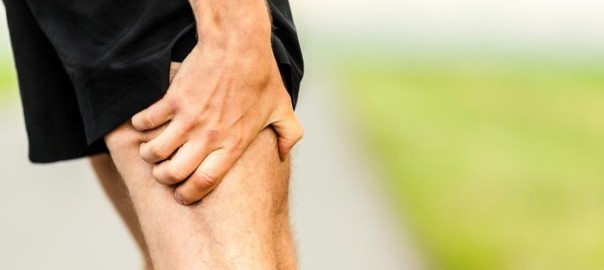A Sports Injury Case Study: Why PRP Works

When John, a former college football player who now works on Wall Street, pulled a hamstring while sprinting around the Central Park reservoir, his orthopedic surgeon did not recommend PRP (platelet-rich plasma) therapy. The doctor cited recent study results that revealed that patients who get PRP do not heal any faster than those who do not. The 6-foot-4-inch athlete was recommended six weeks of physical therapy and no running during that period of time. However, when he decided to get a second opinion, John learned some interesting information and essential facts that anyone nursing a sports injury and considering PRP therapy should know.
John’s orthopedic surgeon referred to a multicenter randomized study published in the British Journal of Sports Medicine. The paper looked at the results of autologous blood injections in 80 recreational athletes who had suffered strain injuries of the hamstring muscle. Each study subject received either a standardized formulation of platelet-rich plasma or placebo in the form of isotonic saline in this double-blind study where neither the doctors nor the patients knew whether they were receiving PRP or placebo. The study authors concluded that there was no real difference in key outcomes—the rate of reinjury and the duration of return to play—between the two groups. PRP therapy was deemed no more efficacious than the placebo.
However, a closer look at the paper reveals that this conclusion is based on a possibly flawed study protocol. The study subjects were started on physical therapy less than 24 hours after receiving the injection (either PRP or placebo). For those who got the PRP, this did not give the therapy a fair chance to work. Platelet-rich plasma therapy works by bringing in stem cells and providing growth factors for tissues to heal. By not allowing the injured hamstring muscle to rest for a week before beginning physical therapy, it is quite possible that the PRP was rendered completely meaningless, thus leading to the erroneous conclusion. Physicians such as Lewis G. Maharam, a well-known sports medicine expert nicknamed the Running Doc, believe resting the injured muscle for a week following PRP injection produces excellent results and faster return to play for both professional and recreational athletes.
Other essential information about PRP therapy for sports injuries concerns the type of kit used. When the patient’s blood is drawn out and spun in a centrifuge machine to concentrate the platelets, the PRP kit should be such that it also isolates a lymphocyte which is vital in activating the platelets and bringing in the stem cells to the site of injury. The above-mentioned study made no mention of a lymphocyte kit. Kits that do not segregate the lymphocyte are less expensive, but also less effective, so anyone considering PRP therapy for a sports injury should ask about the type of kit the clinic uses.
The hamstring muscles are what give runners, football players, tennis players, basketball players, and other athletes their speed, distance, and endurance. Athletes can heal injured hamstrings quickly and return to play faster if PRP therapy is properly administered with the correct technique, proper protocol, and appropriate kit. Before choosing where to undergo PRP therapy, it is important to ask how much experience the clinic has with this therapy and what their success rate is, as well as the kit and technique they employ.
References:
http://www.nydailynews.com/sports/more-sports/administered-correctly-prp-works-article-1.2290729
http://bjsm.bmj.com/content/early/2015/06/23/bjsports-2014-094427.full


